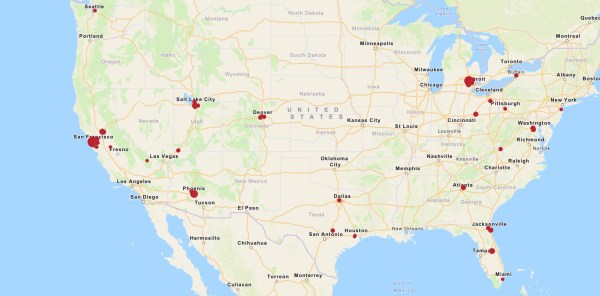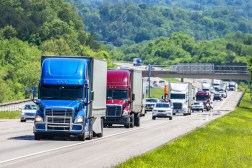Ohio gets $17.8 million to test autonomous vehicles on rural roads

A team of Ohio-based organizations was awarded a $7.5 million grant by the U.S. Department of Transportation Tuesday to develop and deploy automated transportation technologies on rural roads.
The majority of automated vehicle testing to date has been conducted in urban areas like Boston, Las Vegas and San Francisco. Yet, 97 percent of the United States is considered rural and more than half of all U.S. traffic fatalities occur on rural roads, Jack Marchbanks, director of the Ohio Department of Transportation said in a press release.
“The lessons we learn in Ohio can have enormous benefits for our own state and nationwide as we work to make our transportation system safer,” Marchbanks said.
The DOT grant, along with $10.3 million in matching funds from partners, will be used for automated transportation solution testing to be carried out by a team of industry, academia and community partners.
DriveOhio, an Ohio Department of Transportation initiative focused on automated and connected transportation technologies, along with the Transportation Research Center Inc., an automotive testing facility, will lead a four-year research plan to test the safe integration of automated driving systems onto roadways and look at the technology’s potential economic impact.
Other research partners include Ohio State University, Ohio University and the University of Cincinnati.
Automated driving systems will be studied in a variety of conditions. Tests will be conducted in all seasons, day and night, as well as on paved and unpaved roads. Testing will also occur during periods of limited visibility and in work zones.
“We are working every day with innovators to test and improve new technologies that increase highway safety, reduce traffic congestion and make the nation’s transportation system more efficient,” Brett Roubinek, TRC president, said in a press release. “This grant will help maintain Ohio’s leadership in advancing these technologies and help the federal government safely implement automated driving systems across the nation.”
Human drivers will be behind the wheel at all times should intervention be needed, and in regions where on-road testing is to take place, local officials will inform the public in advance, according to TRC.






